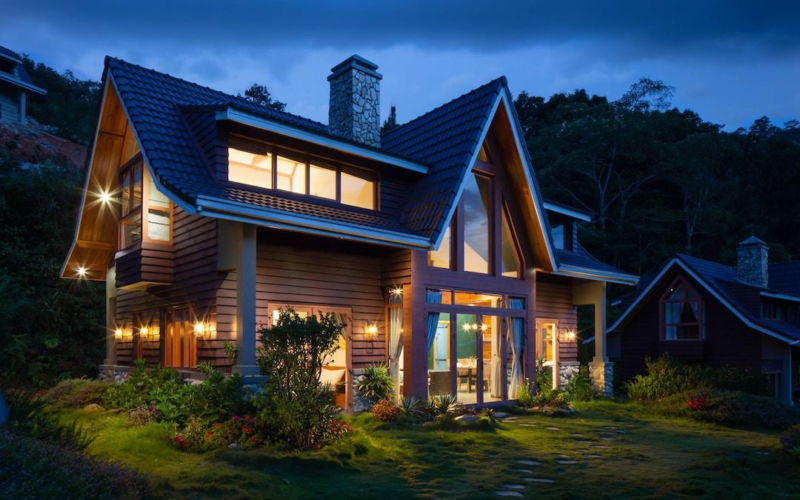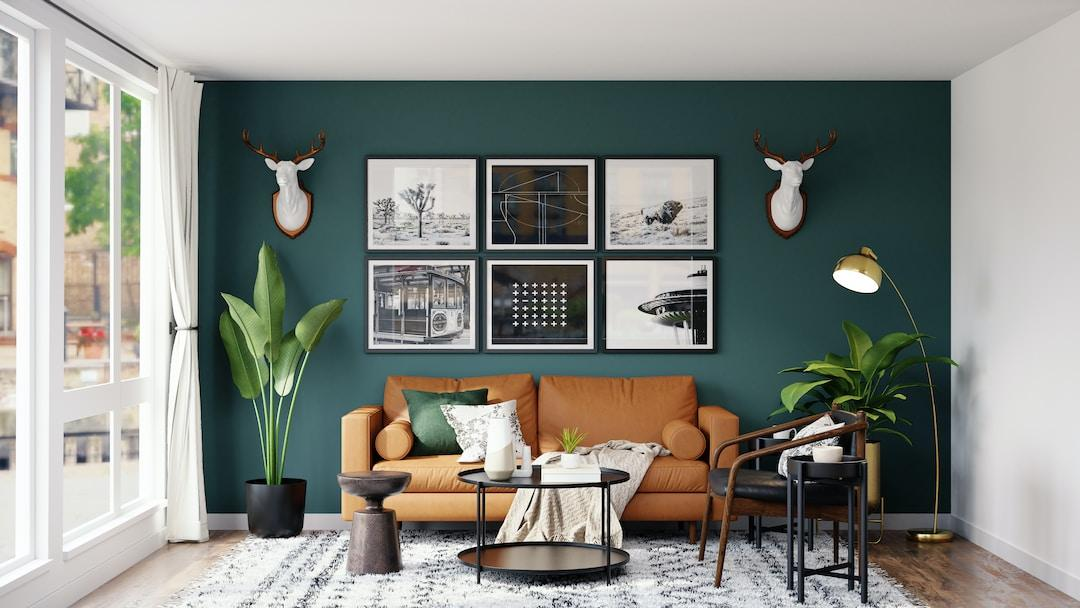
Buying and customizing your first house is an exhilarating journey. This path involves knowing the housing market, understanding the basics of home buying, conducting a structural inspection, considering personalization factors, and maintaining your customized residence. Expanding your knowledge about these areas can turn your dream house into a reality. Below, you will find the key steps to make the most out of your home-buying adventure.
Knowing the Housing Market
The real estate market is a fluctuating entity that can greatly influence your housing decision. Knowledge about market trends, housing prices, and neighborhood profiles can help you make an informed decision. Visiting display homes in different estates can give you a feel of the houses within your price range. A display home is a fully furnished and professionally designed house, constructed by a builder to showcase their craftsmanship and design capabilities to potential buyers. It provides an excellent opportunity for individuals or families looking to purchase a new home to view different styles, layouts, and finishes in a real-life setting.
You can maximize your budget by buying a house during a buyer’s market, where housing supply exceeds demand. This puts you in a position to negotiate for lower prices and better conditions. A seller’s market, on the other hand, is characterized by high demand but limited supply. Houses tend to sell quickly with multiple offers, often exceeding the asking price. Being aware of these scenarios can help you strategically plan your home-buying process.
Factors to Consider When Personalizing Your Home

Customizing your home carries the potential to reflect your personality and lifestyle. Consider the home’s interior design to enhance comfort and aesthetics. For example, visiting a hardwood flooring store can offer various stylish and durable flooring options for your home. Unlike carpet or laminate, hardwood floors can withstand heavy foot traffic, making them ideal for homes with active families. Furthermore, with proper care, hardwood floors can last for decades, making them a solid investment in the long run. They also add visual appeal to any space.
Think about your home’s functionality, comfort, aesthetics, and sustainability when making customizations. Layout adjustments, for instance, can improve your home’s usability to match your family’s daily routines. You might also want to consider installing energy-efficient solutions like smart home features and renewable energy sources to reduce utility bills. Wisely chosen customizations increase not only your satisfaction as a homeowner but also potentially boost your home’s market value should you decide to sell in the future.
Understanding the Basics of Home Buying
Buying a home involves several steps, including obtaining mortgage pre-approval, house hunting, making an offer, home inspection, and closing the deal. A homebuyer should budget for the down payment, closing costs, moving expenses, and potential cost for home improvements. Mortgage pre-approval involves a lender reviewing your finances to determine how much they’re willing to loan you.
This pre-approval gives you a clear idea of your budget when hunting for houses or when planning for maintenance. Always consider your financial comfort zone and not just the ceiling of your loan amount. You also need to conduct a thorough inspection of the house before closing the deal. This ensures there are no hidden defects that could lead to costly repairs in the future. Be sure to understand the terms of your mortgage agreement and protect your investment with adequate home insurance.
Maintaining Your Customized House: Essential Tips

Your new, customized home requires regular maintenance to keep it in good condition. A clean home can even provide a boost to your mental health. Cleaning includes routine care of home systems and structures, as well as timely repair of any minor damages. Regularly check your house for any signs of wear and tear, particularly in high-use areas. Addressing these issues promptly will prevent further deterioration and potentially costly repairs. Schedule professional maintenance for your heating and cooling systems, plumbing, and electrical systems. These professionals can spot minor problems before they escalate into major issues.
As you can see, purchasing and customizing a house is a challenging but rewarding endeavor. By equipping yourself with practical knowledge about the housing market, home-buying basics, structural inspections, home personalization, and essential maintenance, you’re well on your way to enjoying the home of your dreams. Follow our advice and you can trust that you’ll be able to design a home your family can enjoy for years to come.
The real estate market is a fluctuating entity that can greatly influence your housing decision. Knowledge about market trends, housing prices, and neighborhood profiles can help you make an informed decision. Visiting display homes in different estates can give you a feel of the houses within your price range. A display home is a fully furnished and professionally designed house, constructed by a builder to showcase their craftsmanship and design capabilities to potential buyers. It provides an excellent opportunity for individuals or families looking to purchase a new home to view different styles, layouts, and finishes in a real-life setting.
You can maximize your budget by buying a house during a buyer’s market, where housing supply exceeds demand. This puts you in a position to negotiate for lower prices and better conditions. A seller’s market, on the other hand, is characterized by high demand but limited supply. Houses tend to sell quickly with multiple offers, often exceeding the asking price. Being aware of these scenarios can help you strategically plan your home-buying process.
Factors to Consider When Personalizing Your Home
Customizing your home carries the potential to reflect your personality and lifestyle. Consider the home’s interior design to enhance comfort and aesthetics. For example, visiting a hardwood flooring store can offer various stylish and durable flooring options for your home. Unlike carpet or laminate, hardwood floors can withstand heavy foot traffic, making them ideal for homes with active families. Furthermore, with proper care, hardwood floors can last for decades, making them a solid investment in the long run. They also add visual appeal to any space.Think about your home’s functionality, comfort, aesthetics, and sustainability when making customizations. Layout adjustments, for instance, can improve your home’s usability to match your family’s daily routines. You might also want to consider installing energy-efficient solutions like smart home features and renewable energy sources to reduce utility bills. Wisely chosen customizations increase not only your satisfaction as a homeowner but also potentially boost your home’s market value should you decide to sell in the future.
Understanding the Basics of Home Buying
Buying a home involves several steps, including obtaining mortgage pre-approval, house hunting, making an offer, home inspection, and closing the deal. A homebuyer should budget for the down payment, closing costs, moving expenses, and potential cost for home improvements. Mortgage pre-approval involves a lender reviewing your finances to determine how much they’re willing to loan you.
This pre-approval gives you a clear idea of your budget when hunting for houses or when planning for maintenance. Always consider your financial comfort zone and not just the ceiling of your loan amount. You also need to conduct a thorough inspection of the house before closing the deal. This ensures there are no hidden defects that could lead to costly repairs in the future. Be sure to understand the terms of your mortgage agreement and protect your investment with adequate home insurance.
Maintaining Your Customized House: Essential Tips
Your new, customized home requires regular maintenance to keep it in good condition. A clean home can even provide a boost to your mental health. Cleaning includes routine care of home systems and structures, as well as timely repair of any minor damages. Regularly check your house for any signs of wear and tear, particularly in high-use areas. Addressing these issues promptly will prevent further deterioration and potentially costly repairs. Schedule professional maintenance for your heating and cooling systems, plumbing, and electrical systems. These professionals can spot minor problems before they escalate into major issues.
As you can see, purchasing and customizing a house is a challenging but rewarding endeavor. By equipping yourself with practical knowledge about the housing market, home-buying basics, structural inspections, home personalization, and essential maintenance, you’re well on your way to enjoying the home of your dreams. Follow our advice and you can trust that you’ll be able to design a home your family can enjoy for years to come.





